How To Find Pictures For Your Blog
Images are part of what makes a good website. In particular, a blog without images is like a party without music. No matter how amazing the conversation is, everyone will eventually get bored and head somewhere else with more pizzazz.
But it's not enough to toss a random photo into your blog post and call it a day. There are a lot of things that go into making a photo work well with your blog – size, colour scheme and subject matter to name a few.
In this post, we're going to discuss how you can find images for your blog post and what type of photos work best on your website. We'll also talk about photo copyright restrictions and ways to get around them, which include getting free images from a stock photography site.
Should blog posts have images?
It's been said that a picture is worth a thousand words. When people are browsing on their phone, a visually appealing website will leap out more than a bland one.
Images add depth and creativity into your blog. When matched with the right content, images make for a more interesting read than just pure text. But if used incorrectly, images may have the opposite effect and distract readers from your blog post instead.
You may have the most compelling article out there, but without high-quality images to back up your point you might as well be shouting into a void. Not only does a picture enhance what's being presented in text, they can actually help your site rank better on Google image search.
In fact, better photographs will help with general Google ranking, too. (For more, check out our course on SEO content marketing.)
The right image will give your headline a boost
A great headline is one that grabs the reader's attention and makes them want to continue reading. Images are powerful tools that can be used in this area. A stunning, thought-provoking or eccentric photo can capture a reader's attention just long enough for them to be drawn to the next line and then the next and so on.
Images determine the mood of your blog
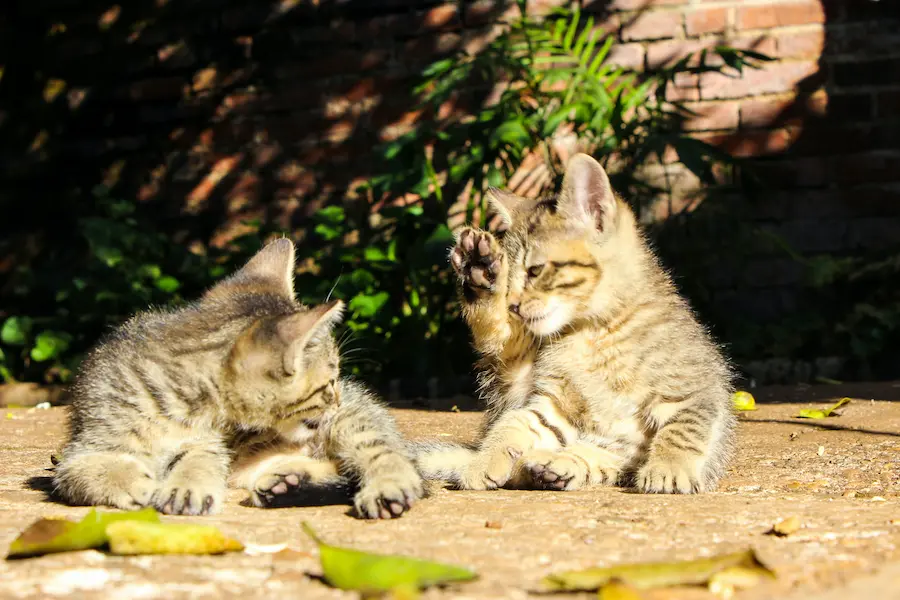
You know that smile you get when you see a frolicking kitten in the sun? Some images can evoke similar feel-good emotions and it's important to include them in your blog.
Before deciding on the images you want to include in your blog, it's worthwhile to consider the personality you want to be going for. If your blog post deals with the joys of snowboarding, adding images of melting ice caps is not the way to enhance that.
Images generate interest
Strategically placed site images can pique readers' curiosity as effectively as using a striking tagline. By using humorous, provocative or juxtaposing images, you can draw attention to your message in unexpected ways.
Are images required in blog posts?
If you're like most people, you may find it easier to remember a breathtaking image than a beautiful sentence. That's known as the Picture Superiority Effect. This phenomenon is the idea that visual information has more of an impact than auditory or text-based information when it comes to memory retention and recall.
The Picture Superiority Effect explains why images are so prevalent in marketing campaigns. Since your readers are likely to process images much faster than text, adding photos on your site allows them to absorb your content much easier.
High quality images help establish credibility on your site
Images are not just a way to spice up your blog post or increase your readers' engagement. Studies have determined that people are more inclined to trust information accompanied by high quality images. This means images with minimal distortion or noise are key in determining the credibility of your message.
Images enhance calls to action
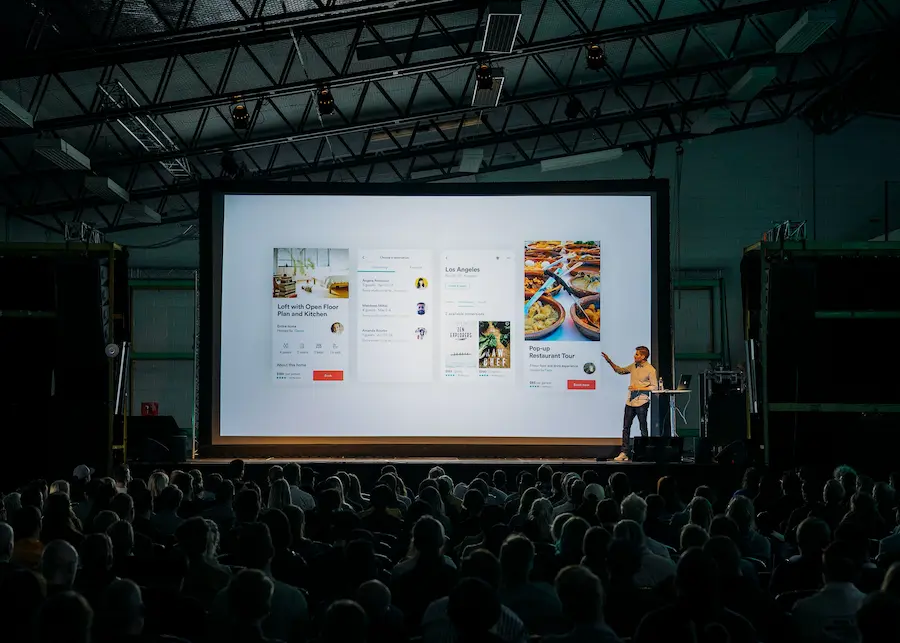
Persuasion is everything in digital marketing and advertising. Digital marketers do what they can to convince prospects to agree with them and take action on their website. And research has shown that people are more likely to agree with a point of view complemented by graphic elements. That's why image choices isn't important only for blog posts. It's important when you're copywriting websites, writing an About Us page or putting together a landing page.
What images can I use in a blog post?
You should use images for your blog posts only if you know the license for the image. And when you're using an image on your site, be sure to always provide credit to its source.
Copyright laws vary depending on the country you live in. So it's important to do your research and familiarise yourself with different options that will help you avoid getting ensnared in copyright infringements.
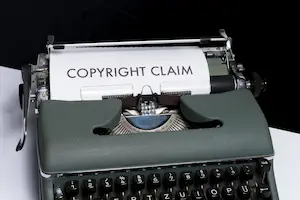
Can I use copyrighted photos on blogs?
Copyright gives a creator ownership rights which dictate what others may do with their works. This may apply to people who produce books, photographs, paintings or web designs.
These laws protect producers and serve as an important avenue for creators to make money. With a copyright, only the owner can decide if they want their work used or not and be compensated accordingly.
These protections include the photos and images you might want to use in your blog posts. As soon as a photo is taken or image developed, the creator has exclusive rights to:
- Reproduce and make copies of their work
- Create derivatives of their work
- Display their work on public domain
- Sell, rent or loan copies of their work
It's important to know that different photos could have different licenses attached. That makes it challenging to steer through the murky waters of copyright laws and there are dire consequences to making a mistake. The last thing you want is to find yourself in court for a copyright infringement you didn't know you committed.
Can I use images from Google for my blog post?

Aspiring bloggers sometimes ask, is it okay to use Google image search for a blog post?
The short answer is no. Lifting photos straight from Google search engines is almost never a good idea. Morally, it's unfair to use photos without compensating the photographer or getting their consent.
It's not just the moral dilemma bloggers need to worry about. In many instance, using images without consent is also illegal. If a blogger is caught using copyrighted photos on their site, the best case scenario is the photographer will request that they either give credit or take the photo down.
However, there are image owners who make it their life's work to take legal action against people who use their photos without permission. These owners trawl the Internet looking for unauthorised use of their images. People who get caught could find themselves facing a lawsuit worth thousands of dollars per photo.
That's why it's best not to use images unless you know their origin, and to always give credit when due.
Where can I find images for my blog?
Most bloggers try to avoid the pitfalls of copyright restrictions by seeking alternative sources for images. There are many other options that allow a blogger to use freely available photos and images in their blog…
Taking your own photos for your blog
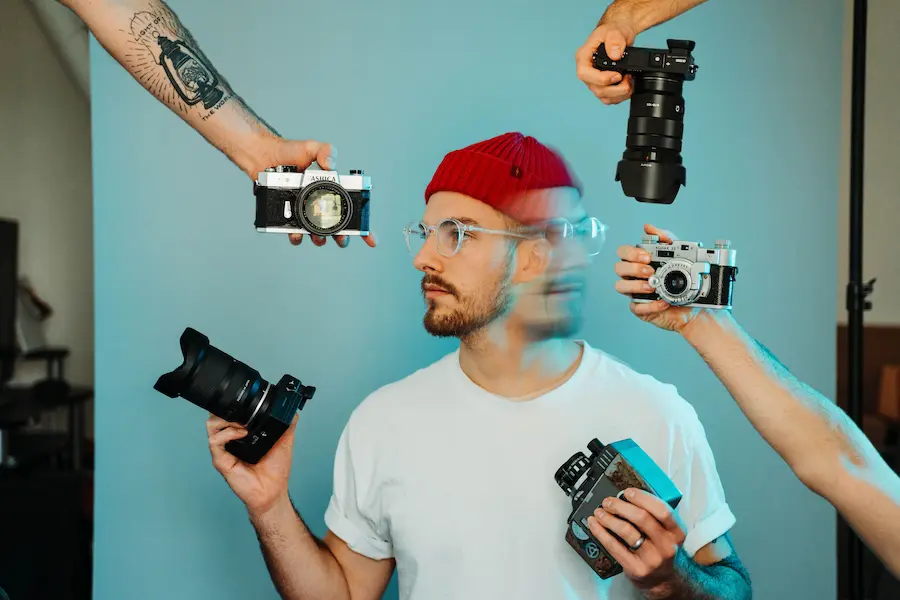
Photography doesn't have to be solely for the experts. One of the ways you can get images for your blog is by taking your own photos. You don't even need fancy equipment or a degree in photography, just a good eye and a camera or smartphone.
You might need to invest in a good camera in the beginning. But you'll save cost in the long run since you'll no longer be paying for every photo you upload on your website.
It's not the same as blogging but taking photos is a form of content creation. By posting your own photos on social media sites like Instagram and Pinterest, you gain online visibility. Not only are you increasing the amount of content available to viewers, you're also making it easier for people to find you.
Commissioning an image creator
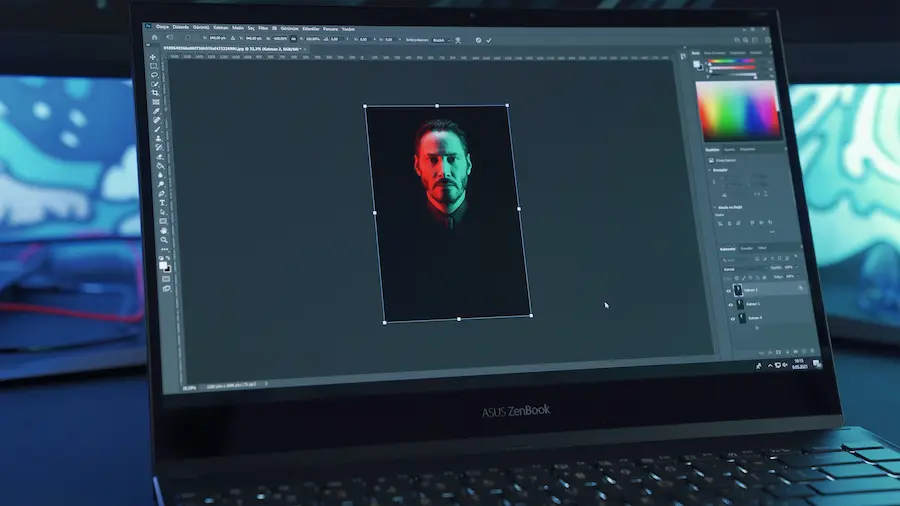
If you're not a photography enthusiast, you could commission a professional to design images for you. Sites like 99designs give customers access to artists and designers who can create custom images tailored to your requirements. Commission fees may vary depending on the artist's expertise, but it definitely beats risking an infringement lawsuit.
Alternatively, if you often need images, why not get a quality designer who understand your brand and needs. It's faster for you and the results will be better. MeetAnders in Singapore works for clients all over the world on a fixed monthly fee for unlimited work.
Royalty free images

Stock photo sites are a life-saver for anyone with a limited budget. While the more popular options may require a subscription fee, there's no shortage of websites that offer high-quality, royalty free images. Here are some of the popular free stock image sites among bloggers:
Unsplash
Unsplash is where you'll find royalty free images that cater to very specific categories.
If you type "Baby's first birthday party" in the search bar, you'd find free images of babies next to birthday cakes with a single candle on them. That means no matter how niche your topic is, you'll undoubtedly find the free images you need on Unsplash.

Unfortunately, photographers who upload their photos on Unsplash are not always well compensated. Many photographers assert that it's much more important to get their photos out into the world. But it means that when you use a royalty free image from Unsplash, it's not the photographer who benefits.
Pixabay
Pixabay is one of the more social sites that offer royalty free stock photos. Not only is there 20 different languages to choose from, users can also comment on photos or exchange ideas on community forums. Pixabay is also moderated by curators, ensuring only high quality, free stock photos on the website.
Although Pixabay primarily offers royalty free images, some of their stock photos are not free. That limits the choices users have when selecting the free images they want.
Burst
Burst was the brainchild of Shopify and serves as a royalty free image library for businesses. Most of the stock images in Burst caters towards business and industry trends, making it the perfect stock photo site for commercial websites, marketing and advertising campaigns.
Of course, Burst's advantage can serve as its shortcoming as well. Since Burst's free images center around corporate themes, it can be hard to find stock images related to animation for instance. What's more, Burst only offers two resolutions for downloading, which may necessitate further editing for users.
Pexels
Pexels has a great selection of neutral royalty free images. Many of the site's stock images were built to have text or additional content added to them. This makes Pexels a great website for people looking for royalty free images to use in marketing or advertising campaigns.
On the other hand, this can be a drawback for bloggers who just want to grab-and-go. Most of the time, a blogger isn't interested in spending more time photoshopping their stock photos. So it can be frustrating when trying to find blog images that can enhance their article.
How to add images to a blog
There's no such thing as the right image format. Deciding on which image format to use depends on what the image is and how you plan on displaying it on your website.
JPEGs are perfect for larger photos or illustrations because it preserves the colour and clarity of an image without using too much file space. On the other hand, using a PNG format will allow you to maintain the background transparency of your blog images. WebP is another great image format option because it delivers high quality images with smaller file sizes.
How to optimise images for blog posts
Images are a crucial part of your blog's user experience and SEO strategy. Here's how to ensure your blog images are searchable for both search engines and readers:
Include SEO keywords in your image file name
Believe it or not, naming your image file matters. When it comes to SEO, you want Google to recognise what your blog images are about without having to look at it. So you need to include important keywords in the image file name.
For example, if you upload an image of a beach in Mexico during sunset, you shouldn't use a generic image file name like image.jpg. An SEO-friendly file name would be something like beach-mexico-sunset.jpg.
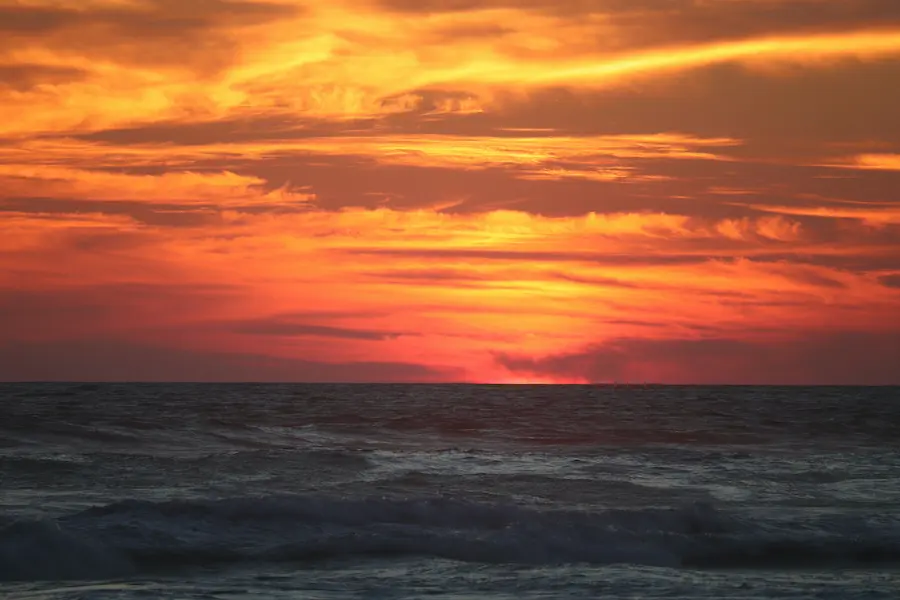
Add image captions
Captions are the text that complements images on a page. They usually contain one or two short sentences that give more context to your image for viewers.
Just like how Google pays attention to your image file names, it obtains information about the image through captions. As a general SEO rule, it's always best to place photos close to content it's associated with.
Optimise SEO in your alt text
Alternative text is a written form of an image that conveys the same message to readers who are unable to view the images for any reason. Alternative text can be used if your blog images fail to load or if your readers chose to turn off the images on their desktop.
Alt texts are the hidden gems that can make your website more valuable to search engine and human visitors alike. Every site image you use should be accompanied with alt text that includes SEO keywords for Google search engines. Images with more relevant information in its alt text will be prioritised by Google and other search engines.
If SEO is important to you because you're looking for more traffic from Google to your content, read our post on SEO copywriting or check out our SEO content marketing course.
Resize image files
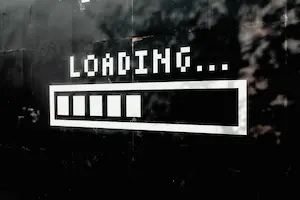
Loading times are crucial for performance and indexing. The faster sites load, the easier it is for visitors and search engines to find and visit a page. Images have a huge impact on the time it takes to load a site, especially if you display a large photo in a smaller pixel size. To optimise your loading speed, resize your images to the size you want on your screen.
For a great free online tool, try Squoosh.
Enhance your blog post with the right images
A few images could be the difference between having your content read or ignored. The images you choose will depend on the sort of message you're trying to deliver, but they are an important part of your content marketing strategy. When adding images to your website, it's important to make sure the images resonate with your audience and tell a story about what you're writing about.
Want to know more about how to use SEO to get more visitors to your website?
LIMITED PLACES

SEO Content Marketing
Write content marketing (blog posts and articles) that your target audience will love and that persuades Google to send you readers. A combination of discovery modules and group mentoring.
How To Find Pictures For Your Blog
Source: https://taleist.agency/web-copywriting/find-blog-images/
Posted by: lefebvreyorshoweaged50.blogspot.com

0 Response to "How To Find Pictures For Your Blog"
Post a Comment